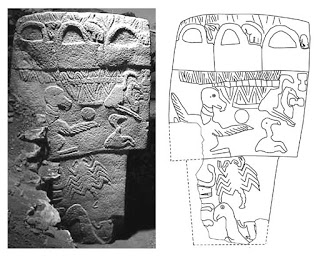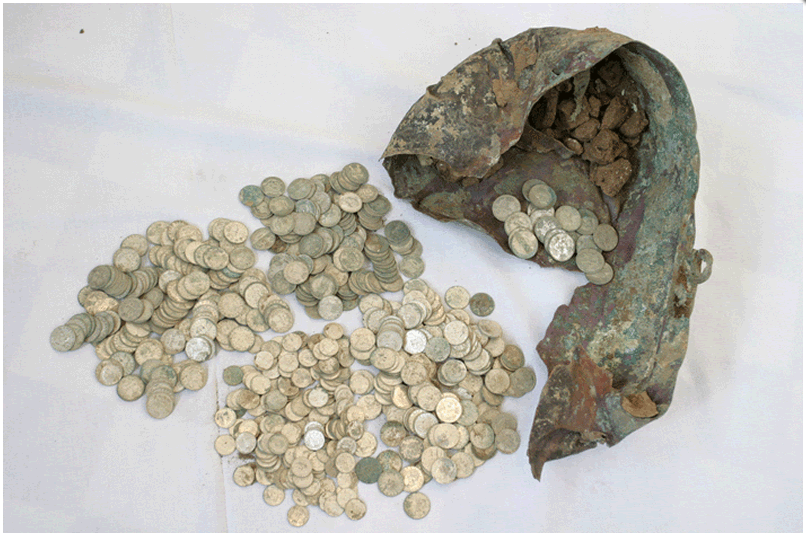
Thread: Villagers in the city.
1. Traffic jam in the in Lower city
From the documentary that was filmed in Belgrade, capital of Serbia (and at that time, in 1922, capital of the Kingdom of Serbs, Croats and Slovenes). Film can be found here:



1. Traffic jam in the in Lower city
From the documentary that was filmed in Belgrade, capital of Serbia (and at that time, in 1922, capital of the Kingdom of Serbs, Croats and Slovenes). Film can be found here:




Market sellers "doing business" in a "kafana" (literally caffe, but but in reality a drinking den what also served food and coffee) across the Bajloni market in Dorćol area of Belgrade. Look at these faces... 







• • •
Missing some Tweet in this thread? You can try to
force a refresh



















